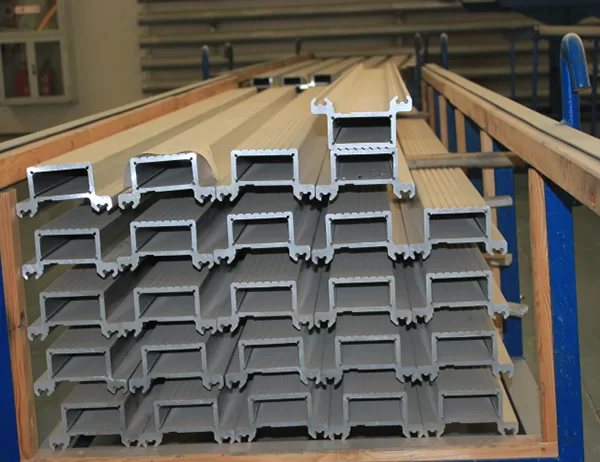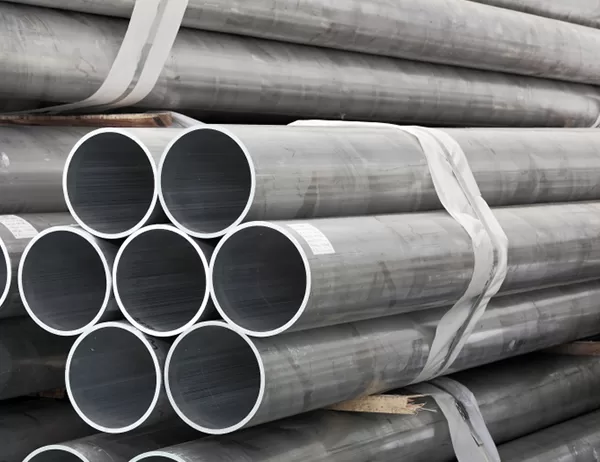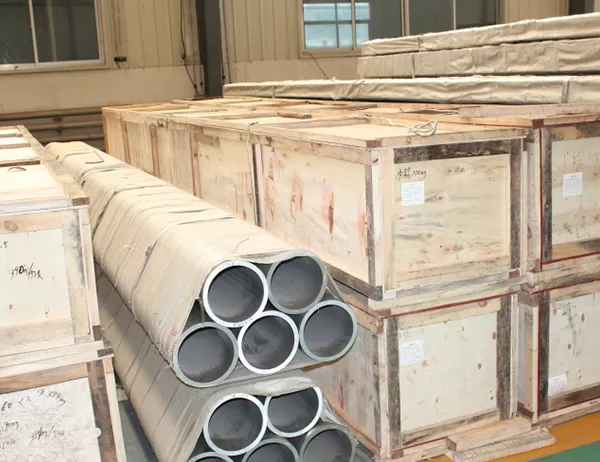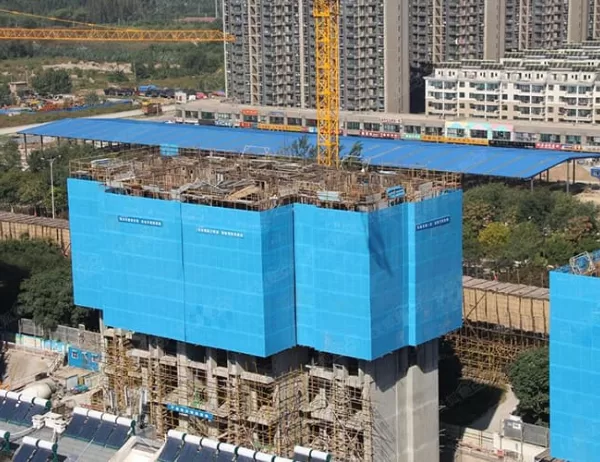Introduction
Precision Connections: Joining Techniques for Aluminium T-Section Extrusions presents advanced methods for connecting aluminium extrusions, specifically focusing on T-sections. These techniques are essential for a wide range of industrial applications, including industrial machinery, automotive components, and architectural structures. This article explores the various joining techniques, highlights their advantages and limitations, and provides guidance on selecting the optimal approach for specific requirements.
Mechanical Fastening
Riveting: Riveting involves inserting a metal rivet into pre-drilled holes in the extrusions to create a permanent connection. Advantages include high strength, durability, and low cost. However, it requires precise hole alignment and can damage extrusions if not done correctly.
Bolting: Bolting utilizes bolts and nuts to join extrusions. It offers high strength and flexibility, allowing for disassembly and reassembly. While it is a reliable method, it can be time-consuming and requires significant hardware.
Adhesive Bonding
Structural Adhesives: Structural adhesives create strong bonds between extrusions by forming a chemical or mechanical connection. Advantages include weight reduction, improved fatigue resistance, and the ability to bond dissimilar materials. However, it requires careful surface preparation and curing time.
Double-Sided Tapes: Double-sided tapes provide a quick and easy method of bonding extrusions. They offer low cost and no requirement for drilling or hardware. However, they may not provide sufficient strength for high-stress applications.
Welding Techniques
TIG Welding: Tungsten Inert Gas (TIG) welding uses a non-consumable tungsten electrode to create a localized weld pool. Advantages include high precision, excellent weld quality, and the ability to weld thin sections. However, it is a slow and expensive process.
MIG Welding: Metal Inert Gas (MIG) welding, also known as GMAW (Gas Metal Arc Welding), utilizes a consumable wire electrode. It offers faster welding speeds, higher deposition rates, and lower costs than TIG welding.
Hybrid Techniques
Mechanical Fastening with Adhesive: Combining mechanical fastening with adhesive bonding can provide additional strength and durability. Rivets or bolts can hold extrusions in place while the adhesive cures, creating a more robust connection.
Conclusion
Precision Connections: Joining Techniques for Aluminium T-Section Extrusions provides a comprehensive overview of available techniques. Each method has its own advantages and limitations, and the optimal choice depends on specific application requirements. By understanding these techniques, engineers can design and manufacture high-performance aluminium structures that meet the demands of modern industry.




